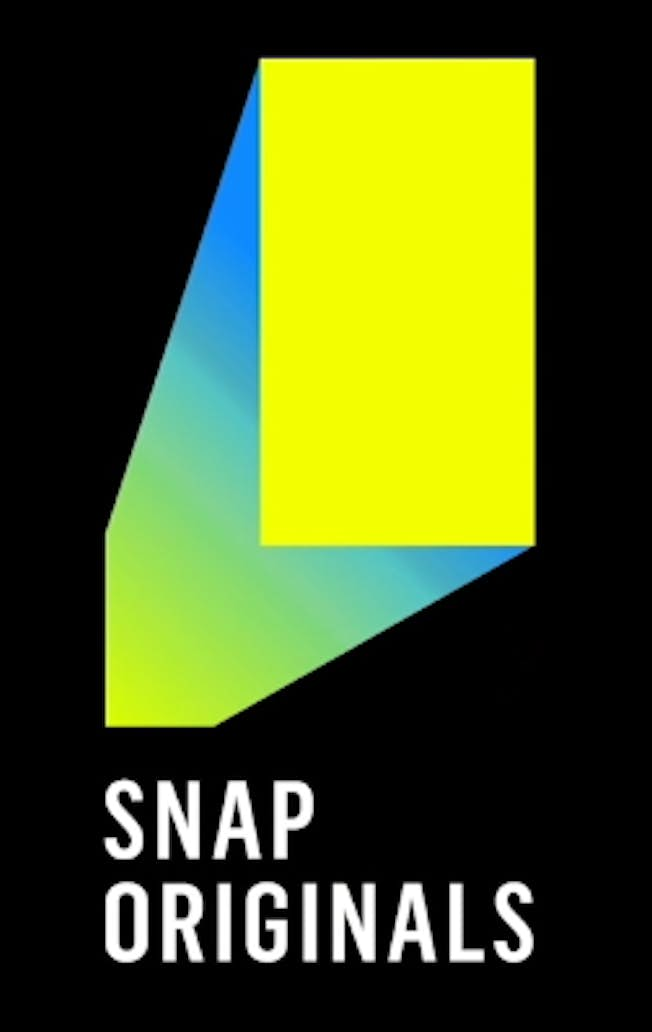From its launch in 2011 in a Stanford frat house to its current standing as a publicly traded company on the New York Stock Exchange, Snapchat has transformed the social media space in a myriad of ways. Ubiquitously known for disappearing content --- where each Snap would only last 10 seconds --- to being the first social media network to introduce the concept of Stories, Snapchat is continuously redefining itself to compete in a highly contentious social media marketing landscape.
As the social media darling of the millennial and Gen Z generation for a couple of years, Snapchat has taken a hit in the public market since going public (IPO’ing) in 2017. People are noting that “Snapchat is Dead” or declaring “RIP Snapchat” for a variety of factors:
- The Facebook suite of apps copied the concept of Stories and found new growth on their platform.
- The Snapchat redesign left many users confused.
- Celebrities and influencers began to chose Instagram as their go-to social network, leaving Snapchat scrambling to figure out how to work with content creators.
- Global growth wasn’t a key focus and they haven’t been able to scale out of North America as other social platforms are invading the space, such as WhatsApp and Tik Tok.
That being said, I am extremely bullish on the future of Snapchat as a social media network and as an actual camera company. They’ve always been first-to-market with product capabilities and CEO Evan Spiegel has a strong eye for product design and vision. The many hiccups that Snap has endured will be a driving force to create a better user experience for the 300 million monthly active users on the platform.
1. Augmented Reality is a Game Changer
As Snap positions itself as a camera company, the way to differentiate itself in the market is to create a virtual world where augmented reality (AR) changes how consumers create and consume content. Snap is doing this in a variety of ways through their Lens Studio product which includes these capabilities:
- Landmarkers: Creators can bring landmarks across the world to life using Lens Studio's augmented reality tools, including the US Capitol Building (Washington, D.C.), Flatiron Building (New York City), TCL Chinese Theater (Los Angeles), Buckingham Palace (London) and the Eiffel Tower (Paris).
- Scan: Users will be able to scan the environment around them more easily and, subsequently, bring up relevant augmented reality lenses with just a tap.
- Users can now also access templates for tracking hands, bodies, and pets, a feature that will help them make different AR experiences for people and dogs alike.
According to Snap, 400,000 lenses have now been created with Lens Studio, and they have been played over 15 billion times by Snapchat users. These numbers show the possibilities brands, creators and consumers have when working with Snap.
They are able to transform the physical world by creating content that relates to their own brand values and messaging. Snap has already worked with brands like Nike on creating AR user-generated content to create hype with basketball stars and tap into e-commerce activities.
Marketing Takeaway: Work with Lens Studio to create fun AR filters that align with your brand and events. This low-cost investment can create valuable user-generated content that is easily shared within your community and beyond. Using Lens Studio positions your company as a leader in AR-produced content that wows!
2. Social television is the new reality for millennials and Gen Z
With Snapchat being an LA-based company with a focus on entertainment, it’s only inevitable that Snap focuses on in-app television shows. With media partners like Conde Nast, E!, and NBC that have already produced mobile-first content on the platform, Snap launched Snap Originals to own their own content. Some of these shows include:
- Class of Lies
- Co-ed
- The Dead Girls Detective Agency
- V/H/S
- Bringing Up Bhabie
The latter brought in over 10 million viewers in its first 24 hours showing that mobile-first content that has fast-paced storytelling wins. The shows on Snapchat are launched daily and are 5-10 minutes long with quick ads throughout. In doing so, users are engaged with produced content, as well as learning how to create Snapchat-based content that enthuses audiences.
Marketing Takeaway: With more cord-cutting occurring within the digitally native generations, they’re looking towards other avenues for content consumption. If your target audience is of the millennial or Gen Z generation, create content that is digestible, vertical in nature, and relates to their interests.

3. No fake news with Snapchat advertising.
With Facebook’s issues pertaining to spreading fake news articles and taking advertising money from compromised accounts and entities, Snapchat has been lucky to avoid this type of scandal. This has been one of their competitive advantages. That being said, Snap still has a long way to go to obtain large advertising budgets comparative to Facebook/Instagram, but they are continuously iterating on their product to gain more market share. At this moment, Snapchat advertising is broken into:
- Snap Ads
- Collection Ads
- Story Ads
- Commercials
- AR Lenses
- Filters
Snap has tons of data to help better meet the needs of their users with targeted demographic resources that can help with retargeting custom and lookalike audiences. Whether it’s impressions or installs, Snapchat has a lot of success stories from huge brands like FabFitFun or awareness of new apps like Dream.
Marketing Takeaway: Snapchat is another avenue for advertising where -- because of the user experience of watching constant stories -- advertising is viewed. With the wide array of choices on how to advertise through a Story Ad or a Filter, you are able to create ads that are creative and native to Snap itself. And, the best part of all is that each ad is carefully vetted by the Snap team and can’t be used to spread misinformation.

Snapchat’s Future
With Snap maturing into a full-fledged camera company that has a passionate user-base, Snap will continue to create features and content that excite their audiences. They were first-to-market with this new form of storytelling, which has swept every social network thus far. If their users continue to enjoy the basics of Snapchat like messaging, streaks, filters, and lenses and now consume produced content and tinker with augmented reality, Snap has a chance to grow their user base and become valuable to Wall Street and shareholders. Only time will tell what will happen in the social media space, but if there is one thing that is certain, it will always have its surprises.
Related
Upgrade to Power Membership to continue
your access to thousands of articles, toolkits, podcasts, lessons and much much more.
Become a Power Member- Login
- View Courses
- - - -
- Courses
- Resources
- - - -
- My Account
- Change Password
- Logout





